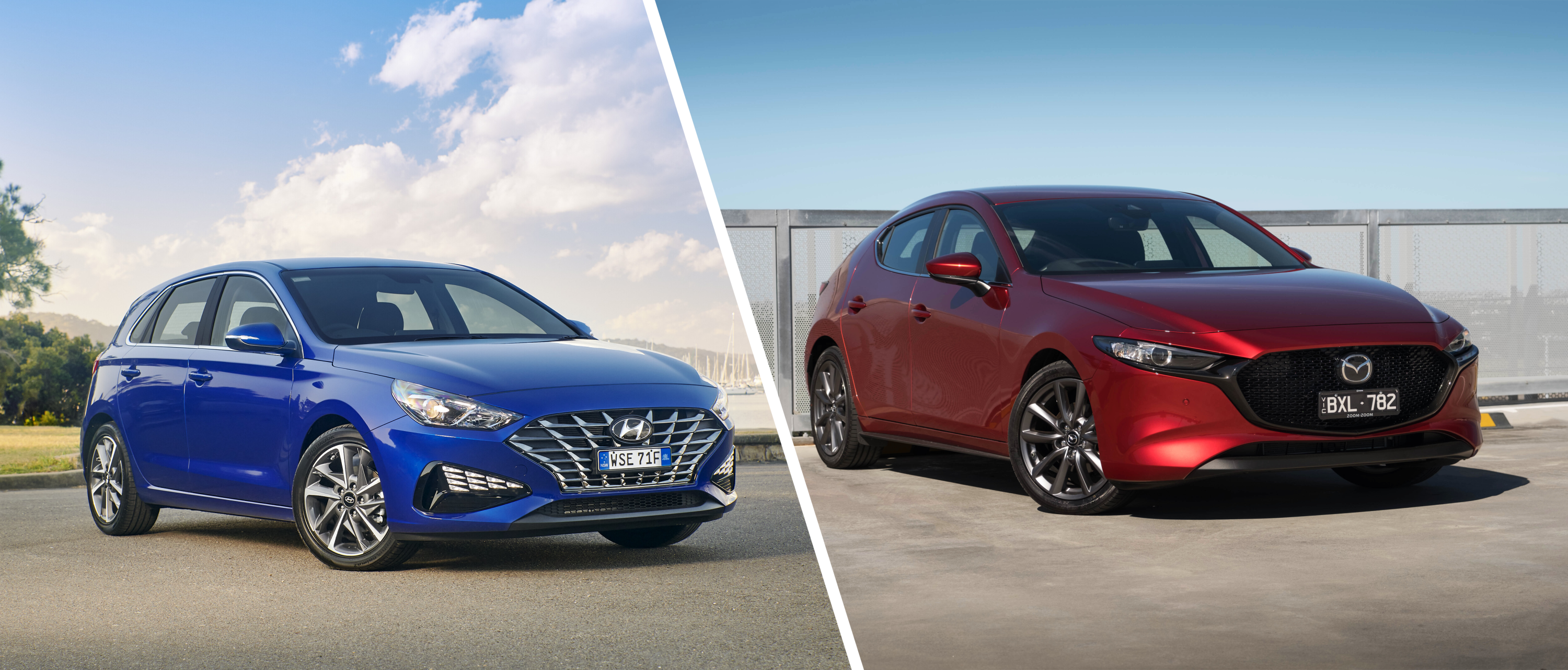
Read below for a quick side-by-side comparison of two of Australia’s most popular small cars, the Mazda 3 and Hyundai i30.
A base variant of each can be obtained for well under $30k, with higher spec vehicles available for both models for a premium.
- Body styles
- Comfort & Practicality
- Driving
- Boot space
- Safety
- Warranty & Servicing
- Verdict – Mazda 3
- Verdict – Hyundai i30
- Specifications
Body Styles
Mazda 3
The Mazda 3 is available as a five-door hatchback and four-door sedan, neither of which incurs a price premium. Both are front-wheel drive. The Mazda 3 is classed as a small car, lower priced.
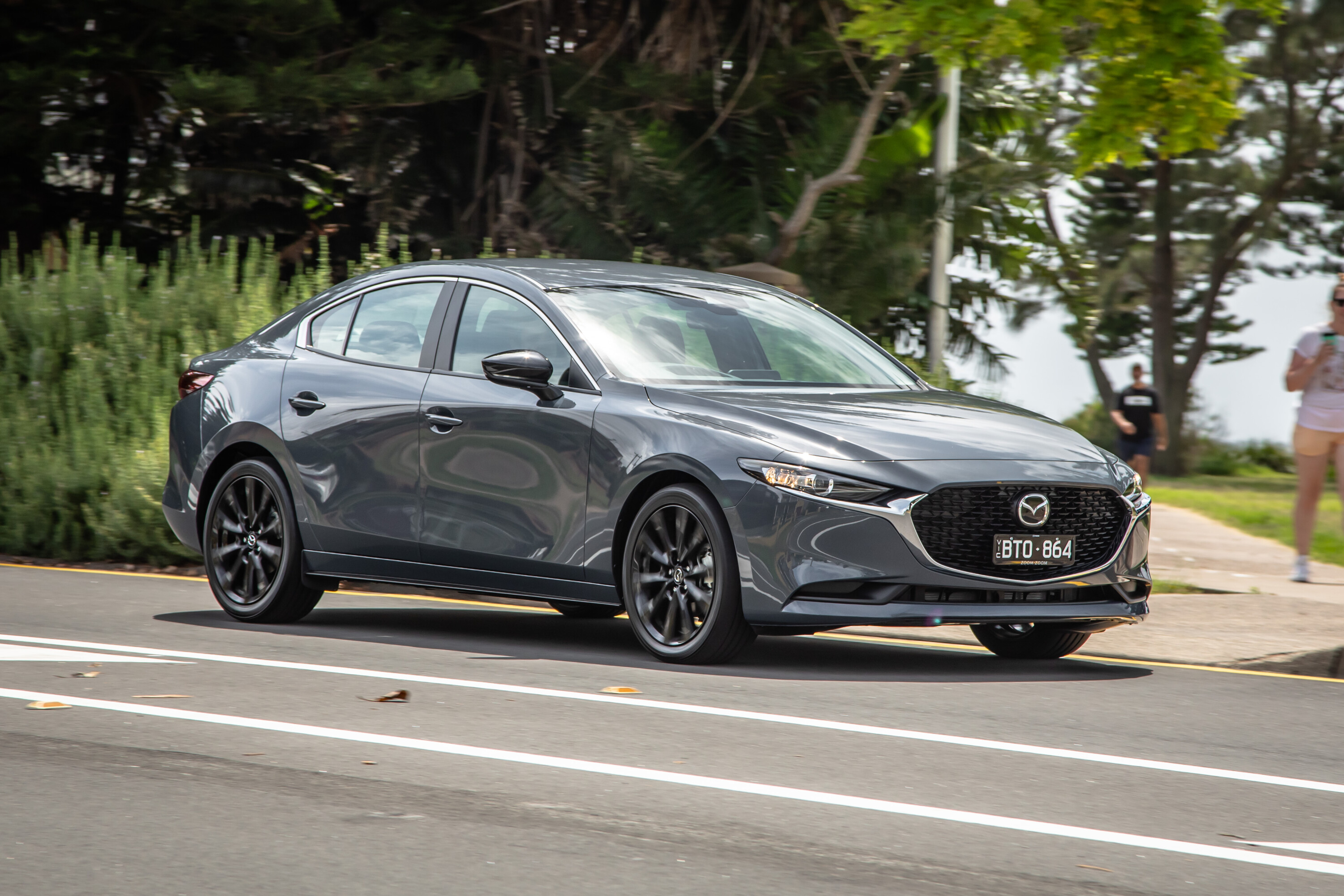
Hyundai i30
The Hyundai i30 is available as a five-door hatchback or four-door sedan. All variants are front-wheel drive and the nameplate competes in Australia’s sub-$40,000 small passenger car segment.
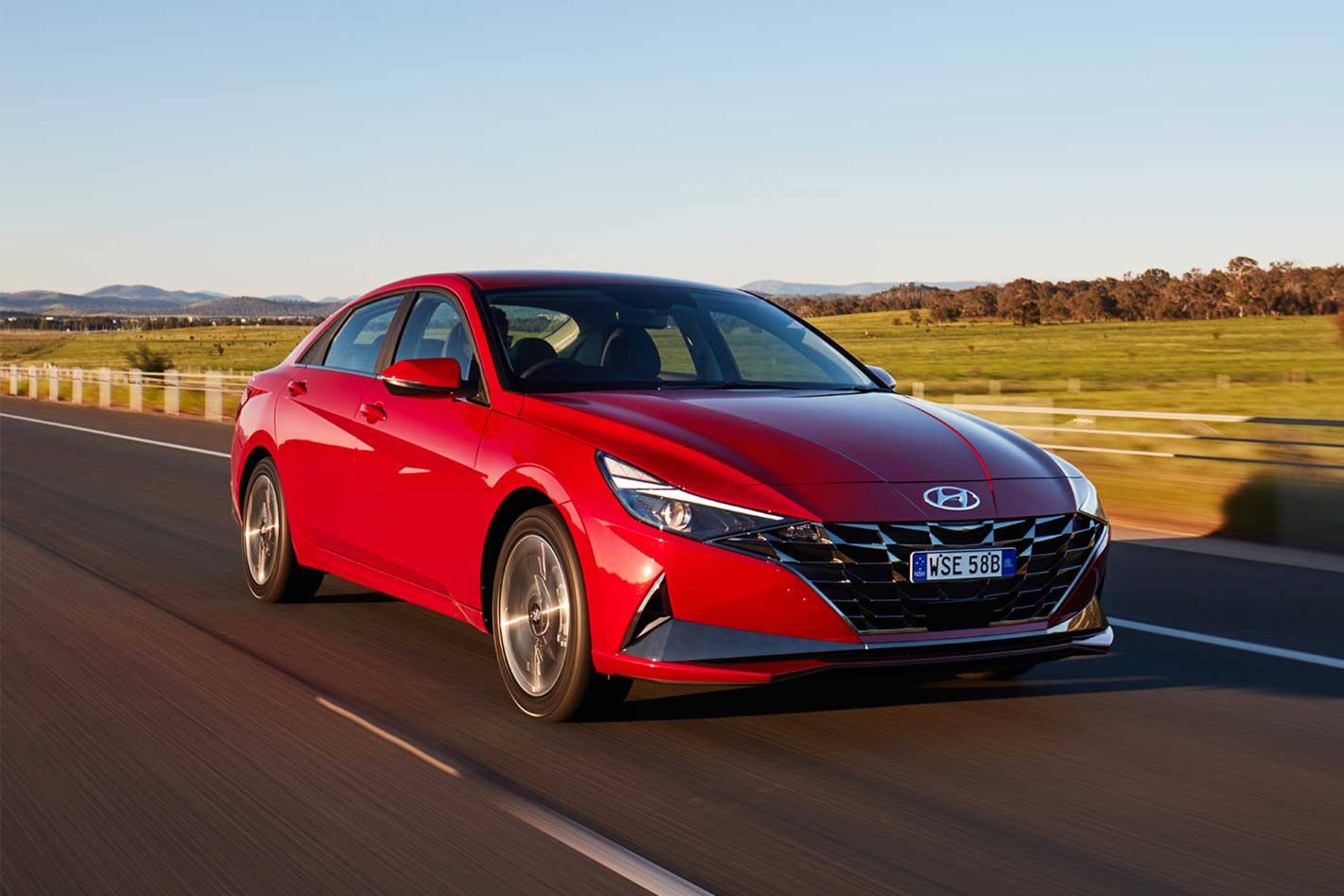
Comfort & Practicality
Mazda 3
You sit quite low in the 3, a position designed to deliver a sporting feel, and to distinguish it from the higher-riding CX-30.
It’s a lovely dash in front of you too, beautifully built and it’s all integrated nicely. You know a lot of midnight oil was burned to ensure even the fonts were consistent.
The thin-rimmed steering wheel is very nice, too, and feels like it was plucked from an MX-5.
Learn more about the Mazda 3’s comfort and practicality in our range review.

Hyundai i30
The i30 is spacious for a small car and both the hatchback and sedan are comfortable, with their cabins scoring points for finish and presentation.
Because it’s a Hyundai, the infotainment system displays well and is easy to operate. All other controls fall easily to hand and are logically grouped: audio and infotainment on the main display and ventilation lower on the dash.
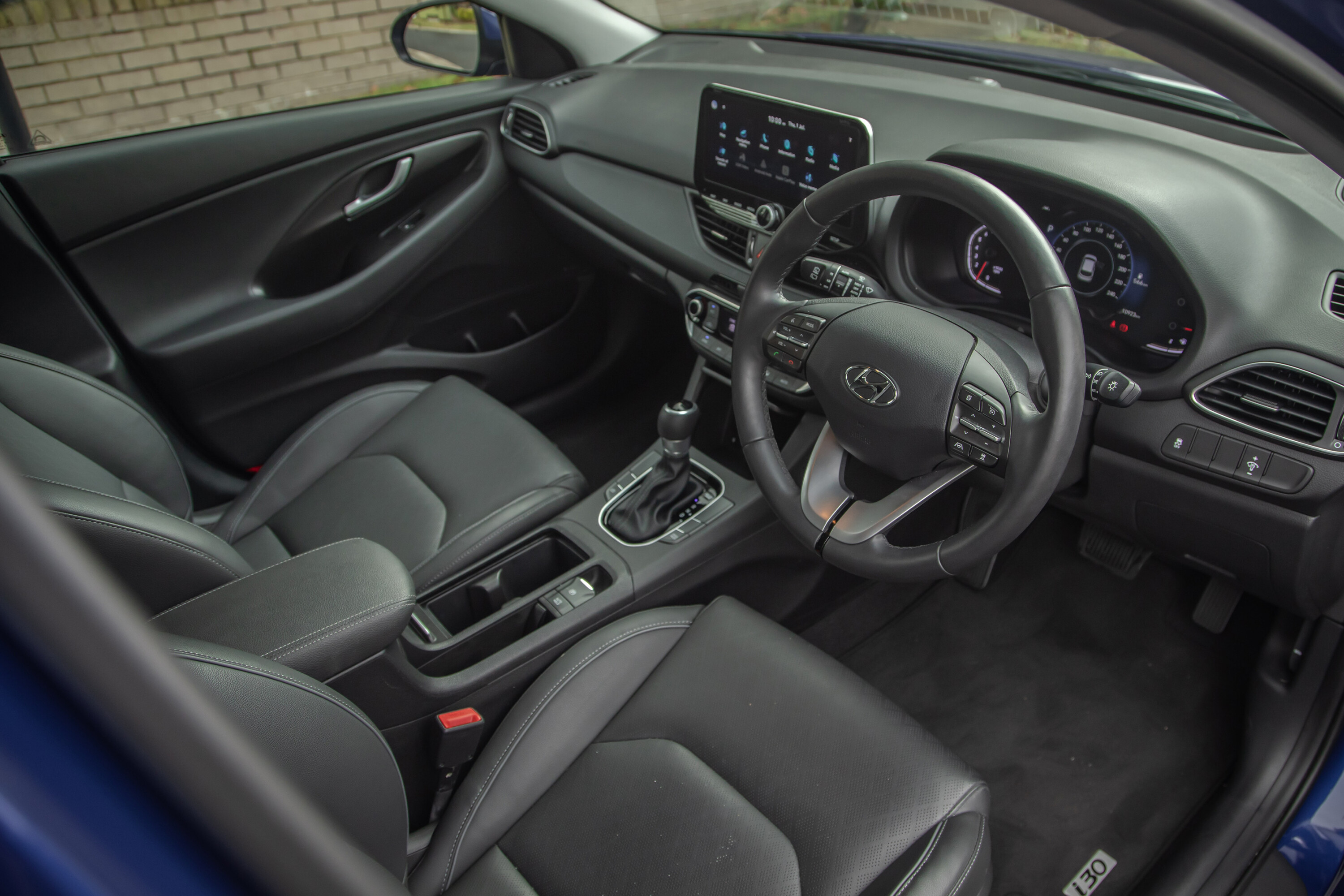
The hatchback has slim bottle holders in the door and two cup holders in the centre console. Automatic variants in Active spec and above don’t have a manual handbrake so the console is uncluttered and everything is easy to use.
A 2021 update brought leather to the steering wheel and gear selector knob, a minor upgrade that yields a huge improvement over the shiny, slippery plastic of the previous i30.
Learn more about the Hyundai i30’s comfort and practicality in our range review.
Driving
Mazda 3
The Mazda 3 has a delightfully responsive steering set-up that manages to balance slow-speed manoeuvring with high-speed handling, without the need for different steering modes.
Keen drivers will lap up the precision with which you can place the nose when pushing into corners.
The 2.0-litre engine copes admirably with city life and has enough power for easy highway touring. It revs freely and mates well with the six-speed auto gearbox that most buyers opt for.
This engine doesn’t provide as much shove when you first press the accelerator, as with the turbo engines in some small-car rivals – it needs to spin past 4000rpm before really waking up but when it does it’s keen and even sounds a little rorty. Of course, driving this way will send your fuel economy north of its official 6.2L/100km fuel consumption.
Read more about the Mazda 3 driving experience in our range review.
Hyundai i30
One of the reasons this third-generation i30 has been so impressive from launch is that it drives really nicely.
While the entry-level 2.0-litre petrol engine is hardly what you’d call characterful or exciting, it does the job quietly, whether hooked up with the well-sorted six-speed automatic transmission or six-speed manual.
The ride is comfortable and smooth and if you find yourself on a twisty road you’ll enjoy its decent balance and accurate steering.
If you’re a keen driver, a stretch to the sporty N-Line is worth the extra coin, with its sporty Michelin tyres and multi-link rear suspension setup in place of the more basic torsion beam setup found in regular i30s.
Read more about the Hyundai i30 driving experience in our range review.
Boot space
Mazda 3
The boot in the hatchback is a tight 295 litres, which is 100 litres less than the Hyundai i30. It’s helped by 60:40 split-folding seats and a broad tailgate opening that allows you to fit a bicycle laid on its side.
The Mazda 3 sedan holds a considerably more functional 444 litres (which is 36 litres more than the previous model) albeit without the hatchback functionality. The sedan’s seatback can also split 60:40 to allow for bulkier items.
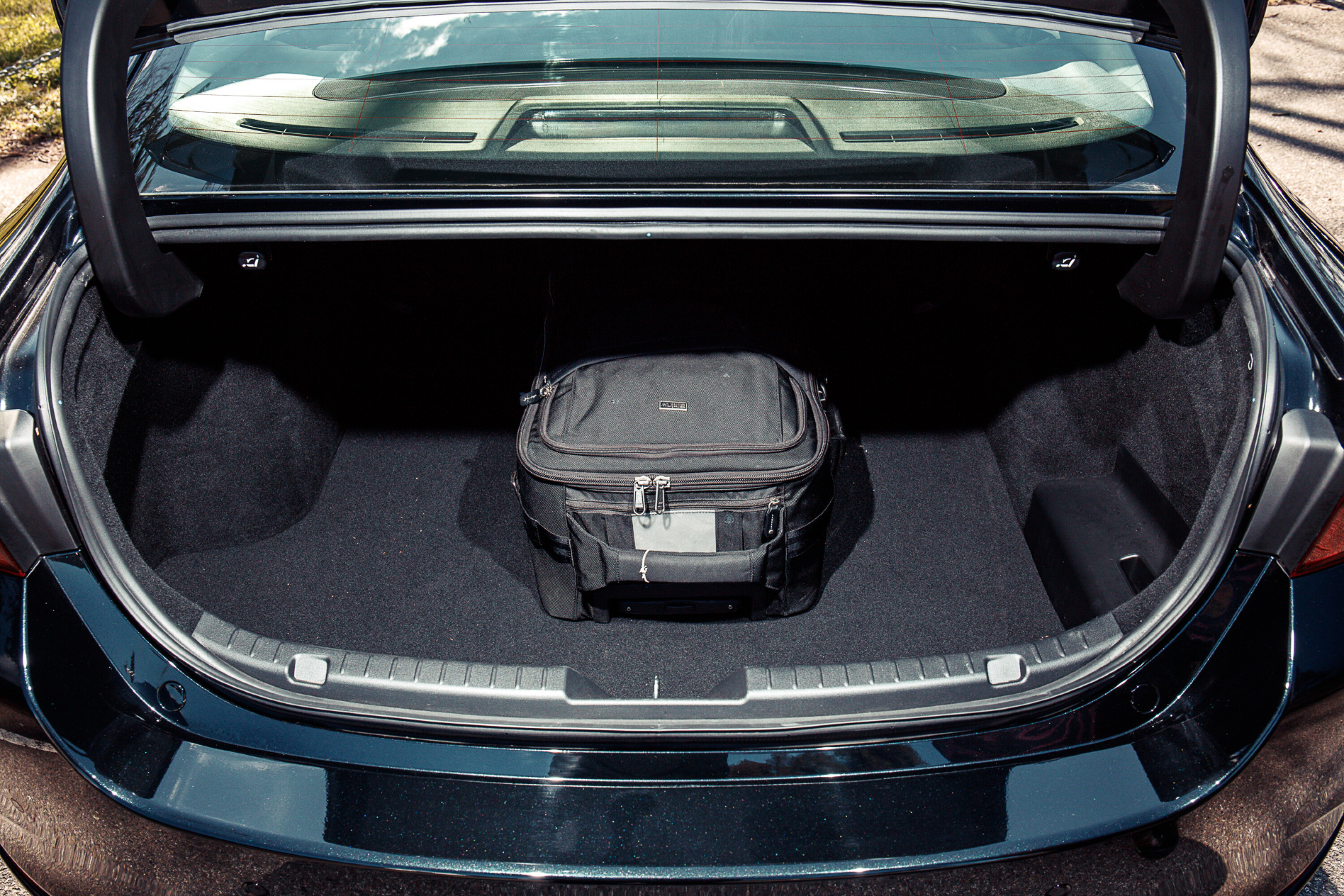
Hyundai i30
The five-door i30’s cargo area is 395 litres, which is good for a small hatchback. Its rear seats can be folded 60:40 and folding the lot down brings an impressive 1301 litres in which to carry stuff.
Even with the full-size spare wheel, you can adjust the height of the boot floor. At its lower setting, capacity is maximised but there is a large step up to the rear of folded seatbacks. Raising the floor gives you a flatter extended load space.
You’ll score more boot storage in the i30 Sedan, which offers 474 litres. There is a huge aperture that allows for bulkier items to protrude into the cabin through the 60:40 split seats.
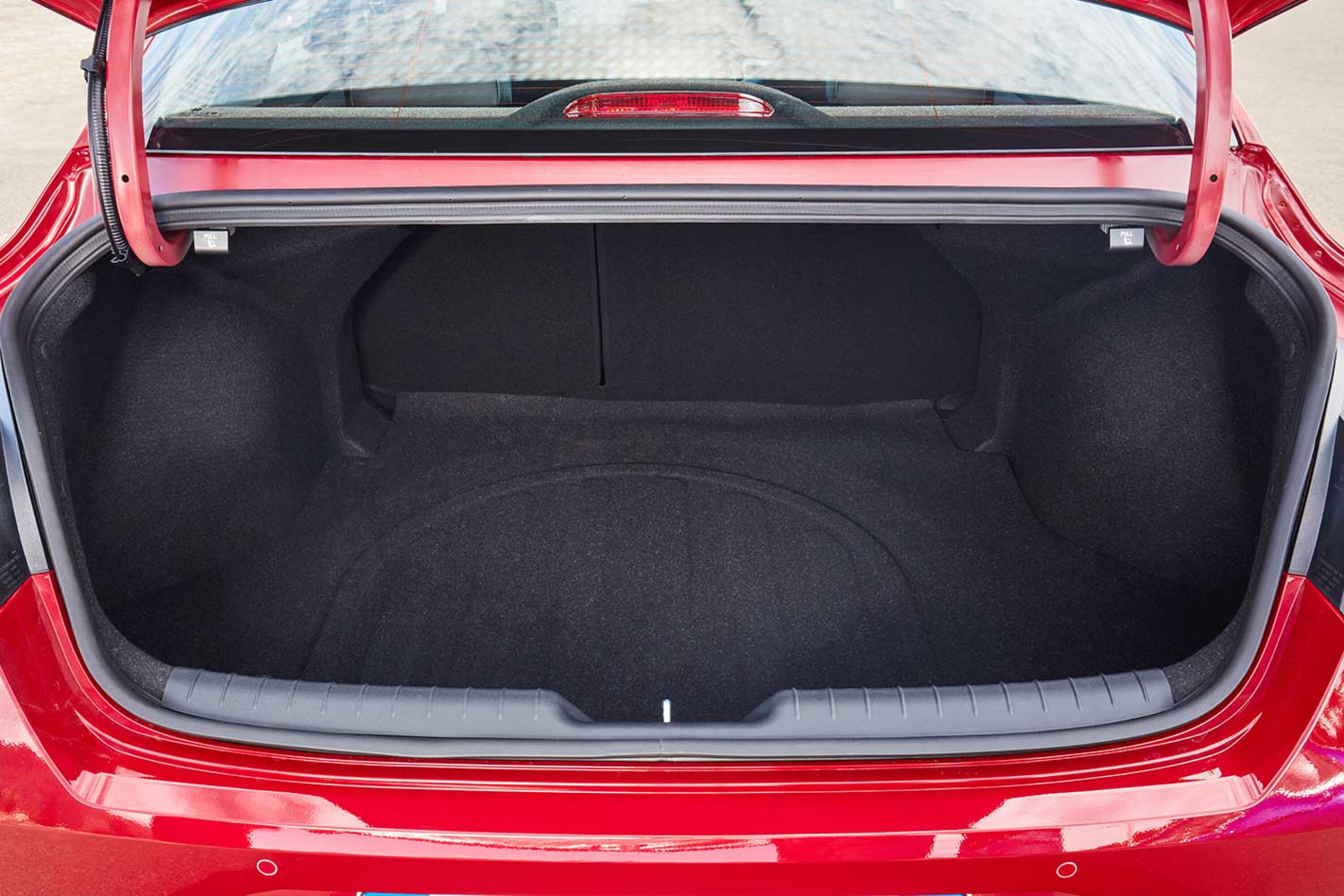
Safety
Mazda 3
The entire Mazda 3 range is covered by a five-star ANCAP safety rating, based on testing conducted in 2019.
It has a 98 per cent score for adult occupant protection, 89 per cent for children, 81 per cent for vulnerable road users, and 76 per cent for safety assist.
Seven airbags (dual front, side, curtain, and driver’s knee) feature across the range.
Hyundai i30
The i30 hatchback has a five-star ANCAP safety rating that was awarded when the third-generation model arrived in 2017.
Curiously, the sedan has no ANCAP safety rating because, with no European NCAP crash test data to draw upon and changes in crash testing protocols, Hyundai decided not to submit the car for costly ANCAP testing, despite a large number of cutting-edge safety inclusions.
Hyundai Australia naturally insists it is safe and with its suite of active safety features together with the fact few Hyundai models have had issues with ANCAP testing, it’s reasonable to take the company’s word for it.
Warranty & Servicing
Mazda 3
As per the wider Mazda range, the 3 is covered by the brand’s five-year / unlimited-kilometre warranty, along with a complimentary roadside assistance program over the same period.
In addition, Mazda offers five years of capped-priced servicing. It has 12-month or 15,000-kilometre service intervals, whichever occurs first.
Find Mazda 3 service pricing details in our range review.
Hyundai i30
All Hyundai i30s, including the racy Ns, are covered by the company’s five-year / unlimited-km warranty, along with an initial 12 months of roadside assistance – extending by a year every time you service at a dealer.
Standard i30 variants including the N-Line, have service intervals of 12 months or 15,000km.
Find i30 service pricing details in our range review.
Verdict – Mazda 3
Things we like
- Sleek looks
- Pleasure to drive
- Upmarket interior
- Broad list of features
Not so much
- High entry-level pricing
- No turbo option
- No more manual option
- No rear USB sockets
Verdict – Hyundai i30
Things we like
- Ride and handling
- Smooth powertrains
- N-Line and N performance
- Manual gearbox not confined to entry-spec
Not so much
- Tight rear legroom
- No wireless Android Auto/Apple CarPlay
- Lacks some of the newer active safety features
Mazda 3 vs i30 Specifications
Full Range Reviews
We recommend
-
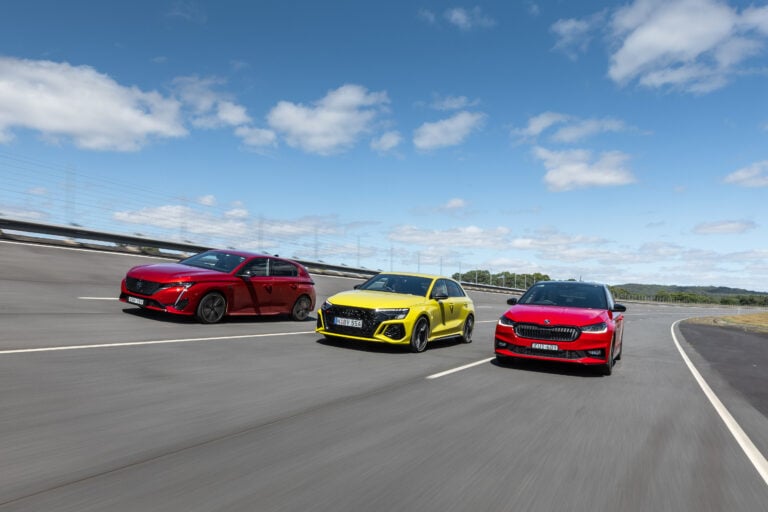 COTY
COTYAustralia's best small cars rock up for Wheels Car of the Year 2023
They used to win our gong all the time but how does the current crop of small cars fare at COTY?
-
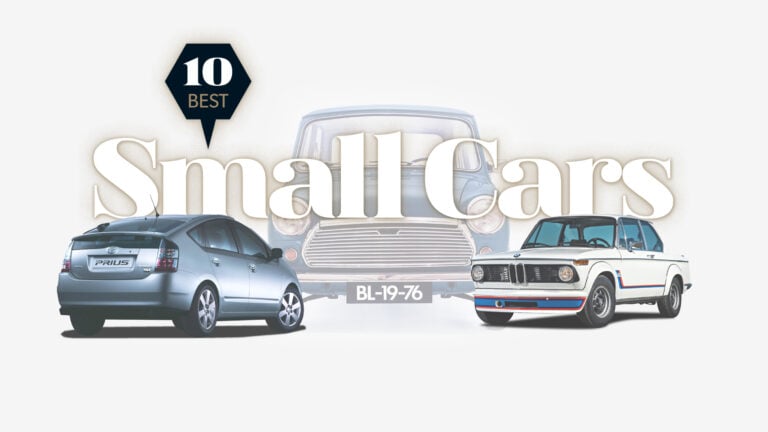 Features
FeaturesThe Greatest Small Cars Ever: 70 Years of Wheels
This lot proved that physical size has little to do with making a big impact
-
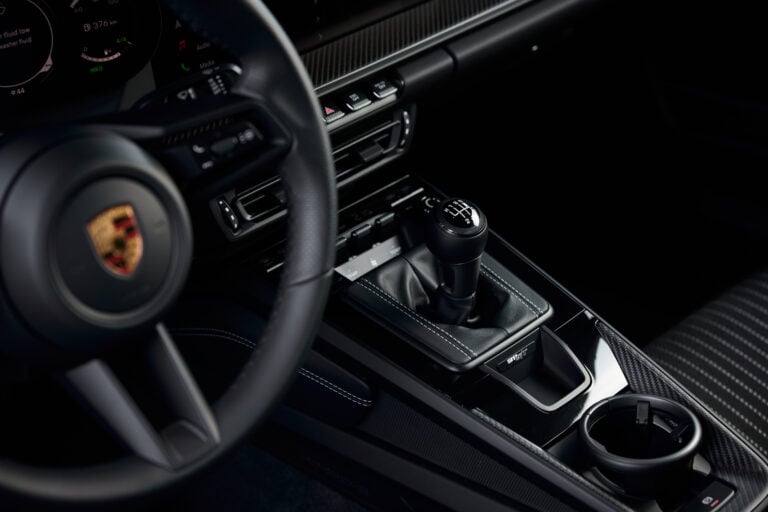 Advice
AdviceEvery new manual car you can buy in 2023 – November update
Won't somebody please think of the manuals! It's a fast-shrinking list, but at least it's still long enough to deserve an article



